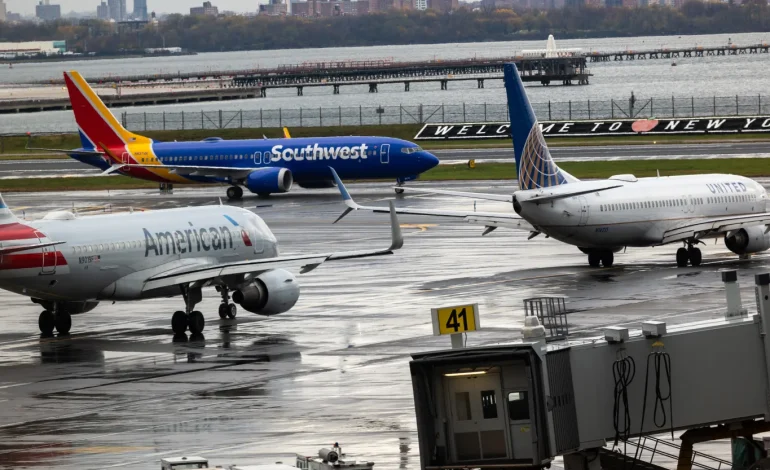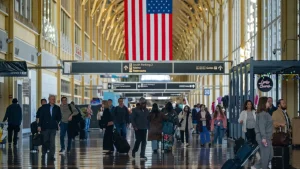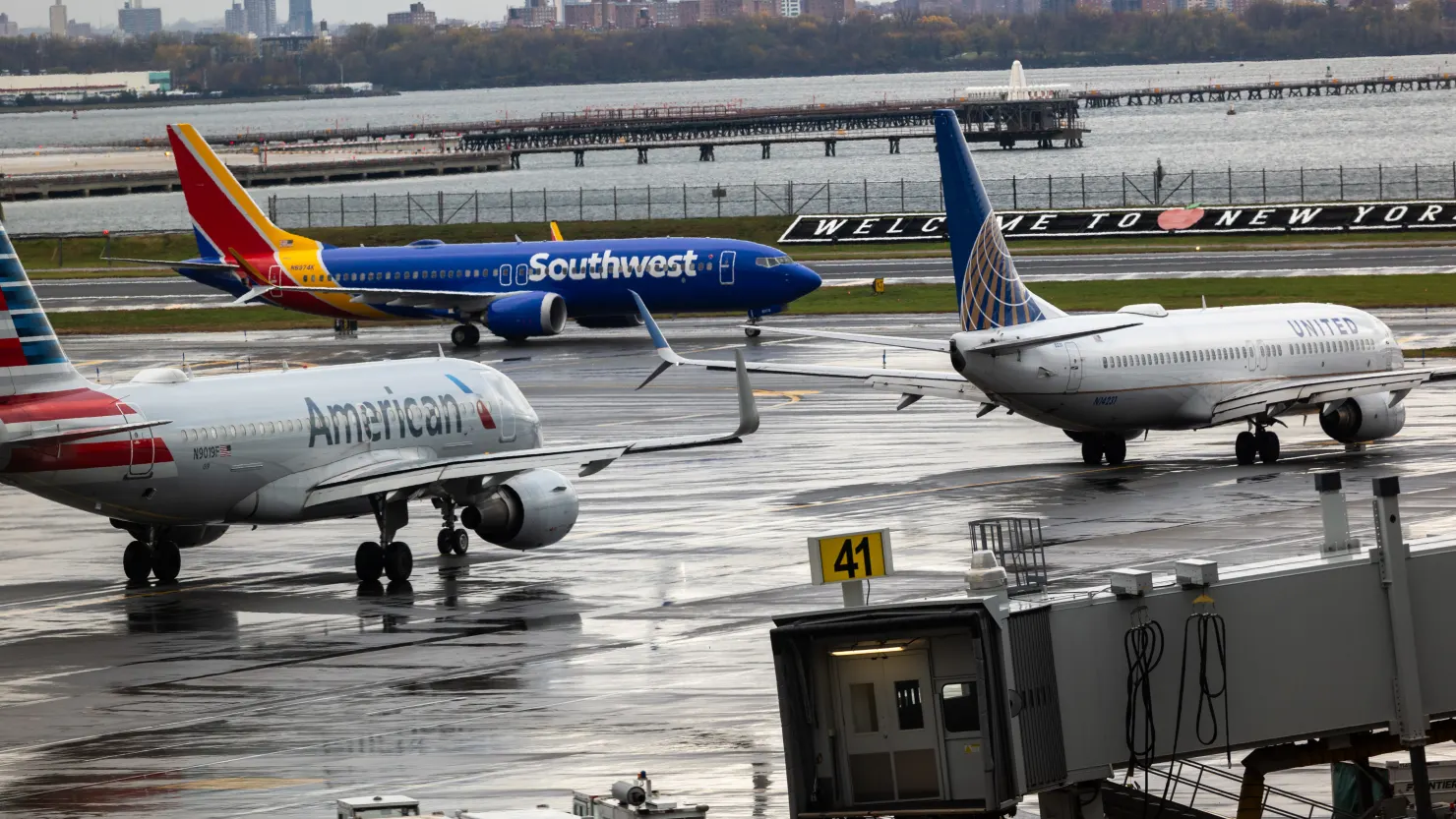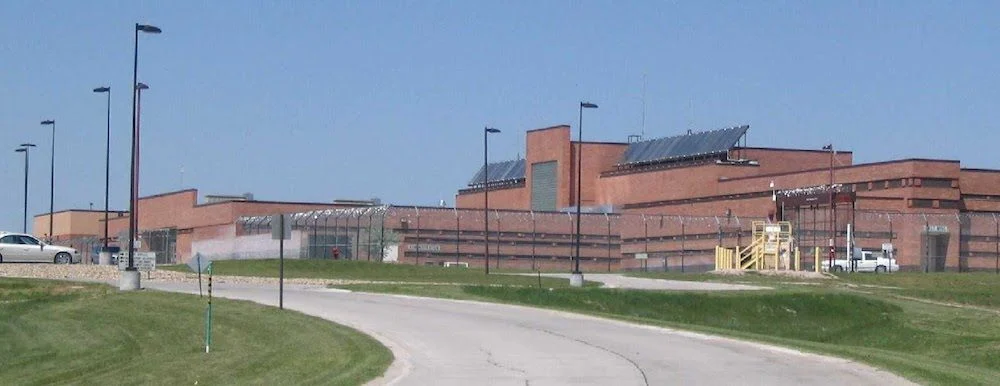EXCLUSIVE: Air traffic control after the shutdown: Why America’s aviation system is still on thin ice

The United States may have reopened for business, but the aviation system is nowhere near a clean reset. After weeks of cancellations, thinning schedules, and fatigued controllers, the FAA says operations are “returning to normal.” The truth is less rosy. A system already strained by decades of understaffing has now absorbed another shock, and the consequences will linger.
To understand the operational and structural risks, The Wyoming Star (WS) spoke with Janet Bednarek, a professor and former executive director of the Urban History Association, who has long studied the intersection of aviation policy, labour, and infrastructure.
WS: From your experience, what are the most acute operational risks faced by the aviation system when a labour-intensive function like air traffic control is understaffed for an extended period?
Janet Bednarek:
I think we have seen some of the operational risks recently — cutting back on the number of flights due to understaffing of air traffic control facilities (both due to government shutdown and the long-term shortage of air traffic controllers.) This applies also to delays, even before the shutdown, Newark experienced delays and cancellations due to understaffing.
During the shutdown, I also heard reports of issues with near-misses and runway incursions happening. While these happened even before the shutdown, the message was that the shutdown played a role in the most recent incidents. Fortunately there were no serious accidents (at least as of today) but stressed and overworked controllers can and do make errors. There are many systems in place to limit those errors, but understaffing, especially understaffing exacerbated by a government shut-down, stretches the capabilities of those systems.
It remains to be determined whether the tragedy in January was linked to understaffing in the tower at Washington Reagan. Regardless, controller error can be deadly.
Perhaps it is not ‘acute’ but the chronic understaffing of the air traffic control system, plus the memories now of two long government shutdowns, are going to make it even more difficult to recruit new people to the profession. Twice in about six years air traffic controllers went at least a month without a paycheck.
Lack of funding as well as staffing also interrupts training. It is a long difficult road to full certification of an air traffic controller. The economic uncertainty highlighted by the shutdown might give many potential candidates pause. Further, the shutdown itself seems to have incentivized many air traffic controllers to retire, it is sometimes hard to recruit people into a profession that others are choosing to leave. And the retirements diminish the number of experienced controllers available to do the on-the-job training required.
It’s a bleak assessment: operational risks today, existential staffing risks tomorrow. And no amount of patriotic rhetoric about “essential workers” fixes the fact that those workers are burning out and aging out faster than replacements can be trained.
WS: Economically or structurally speaking, how long after the shutdown ends might travellers continue to face significant delays or cancellations, and what are the likely bottlenecks in recovery?
Janet Bednarek:
It is likely to take several weeks for the system to return to something like normal.
Long term, the biggest bottleneck is the training system itself: it has been frequently underfunded and reliant on a single training academy in Oklahoma City. Although the FAA is building partnerships with several colleges and universities to conduct the initial training, there is also a shortage of people in the chronically understaffed facilities to conduct the years of on-the-job training required of air traffic controllers.

Source: Reuters
When Reagan fired more than 11,000 controllers in 1981, that set in motion a shortage of controllers that has continued to today. Funding lapses, government shutdowns, hiring freezes, all of which have been features of the US government since 1981, have all contributed to the fact that the FAA has never been able to completely staff the ATC system. Instead it has relied on new technologies and processes to narrow the gap between the optimum number of controllers and the actual number of controllers.
This is the uncomfortable truth: the shutdown didn’t break the system, it just exposed what was already cracked. The FAA has been running on patchwork solutions for decades, and when the pressure hits, those seams show.
WS: What policy or institutional reforms would you prioritise (e.g., staffing flexibility, contingency planning, private sector back-ups) to improve system resilience against disruptions like this?
Janet Bednarek:
I would first recommend a cultural shift, it is all well and good to deem air traffic controllers as ‘essential workers’ but to expect them to work without pay due to that label during increasingly frequent and long government shutdowns is unconscionable. There are many who are paid during shutdowns, air traffic controllers ought to number among them (along with all ‘essential workers’).
As long as air traffic control remains a government function, there must be an agreement that consistently and fully funding the training system must be a priority. The FAA must have the means to reach full staffing levels.
To sum up:
America’s aviation system is built to handle storms, but not this kind: a slow political corrosion that drains the labour force at its core. Bednarek’s warnings point to a future where “normal” becomes harder to recover each time the government shuts down, each time controllers go unpaid, each time training pipelines stall.
The flights may be back on schedule. The system that runs them is not.








The latest news in your social feeds
Subscribe to our social media platforms to stay tuned